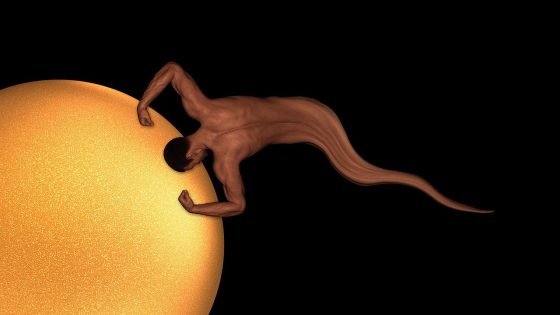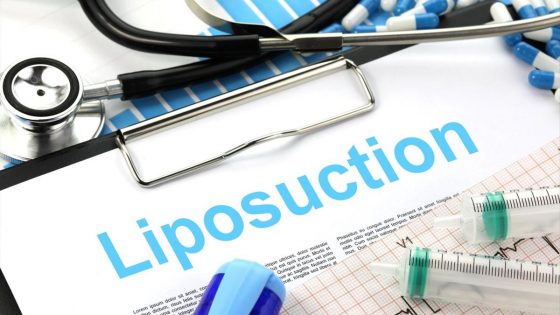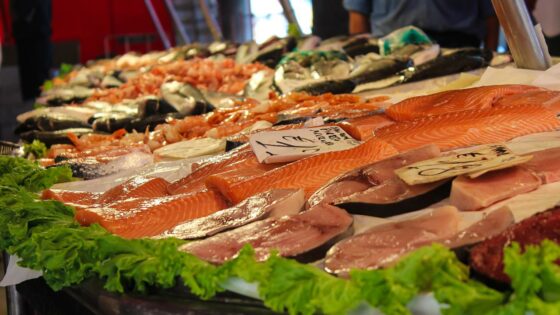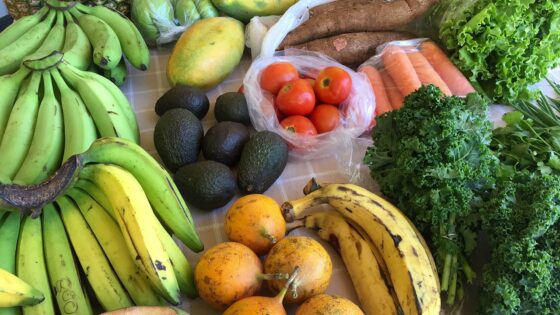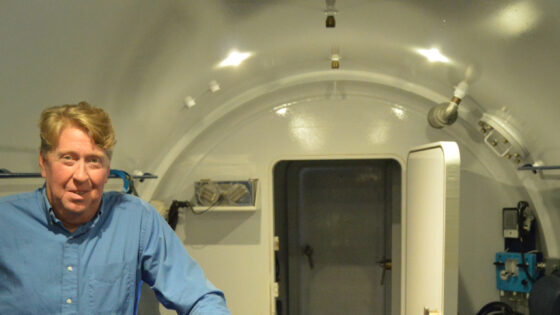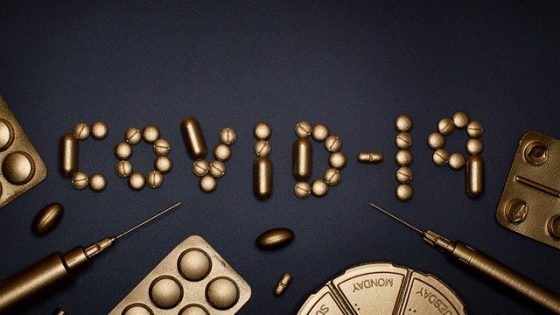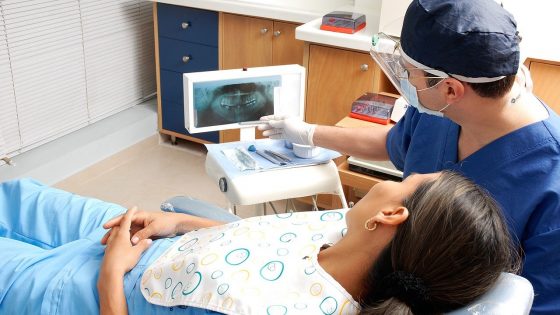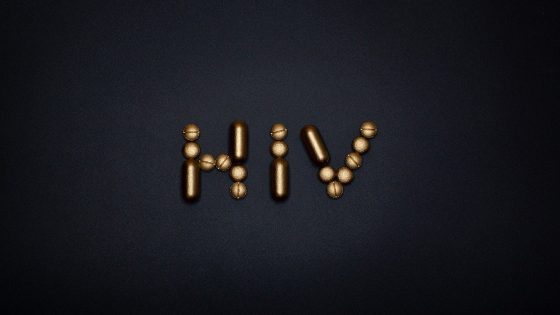cediranib maleate
A substance being studied in the treatment of some types of cancer. Cediranib maleate may prevent the growth of new blood vessels that tumors need to grow and may kill cancer cells. It is a type of antiangiogenesis agent and a type of vascular endothelial growth factor (VEGF) receptor tyrosine kinase inhibitor. Also called AZD2171 and Recentin.
cefepime
A drug used to treat infection. It belongs to the family of drugs called cephalosporin antibiotics.
cefixime
An antibiotic drug used to treat infection. It belongs to the family of drugs called cephalosporins.
ceftriaxone
A drug used to treat infection. It belongs to the family of drugs called cephalosporin antibiotics.
celecoxib
A drug that reduces pain. Celecoxib belongs to the family of drugs called nonsteroidal anti-inflammatory agents. It is being studied in the prevention of cancer.
Celexa
A drug used to treat depression. It belongs to the families of drugs called antidepressant agents and selective serotonin reuptake inhibitors (SSRIs). Also called citalopram.
celiac disease
A digestive disease that is caused by an immune response to a protein called gluten, which is found in wheat, rye, barley, and oats. Celiac disease damages the lining of the small intestine and interferes with the absorption of nutrients from food. A person with celiac disease may become malnourished no matter how much food is consumed.
cell
In biology, the smallest unit that can live on its own and that makes up all living organisms and the tissues of the body. A cell has three main parts: the cell membrane, the nucleus, and the cytoplasm. The cell membrane surrounds the cell and controls the substances that go into and out of the cell. The nucleus is a structure inside the cell that contains the nucleolus and most of the cell’s DNA. It is also where most RNA is made. The cytoplasm is the fluid inside the cell. It contains other tiny cell parts that have specific functions, including the Golgi complex, the mitochondria, and the endoplasmic reticulum. The cytoplasm is where most chemical reactions take place and most proteins get made. The human body has more than 30 trillion cells.
cell culture
The growth of microorganisms such as bacteria and yeast, or human, plant, or animal cells in the laboratory. Cell cultures may be used to diagnose infections, to test new drugs, and in research.
cell cycle
The process a cell goes through each time it divides. The cell cycle consists of a series of steps during which the chromosomes and other cell material double to make two copies. The cell then divides into two daughter cells, each receiving one copy of the doubled material. The cell cycle is complete when each daughter cell is surrounded by its own outer membrane. Also called mitotic cycle.



